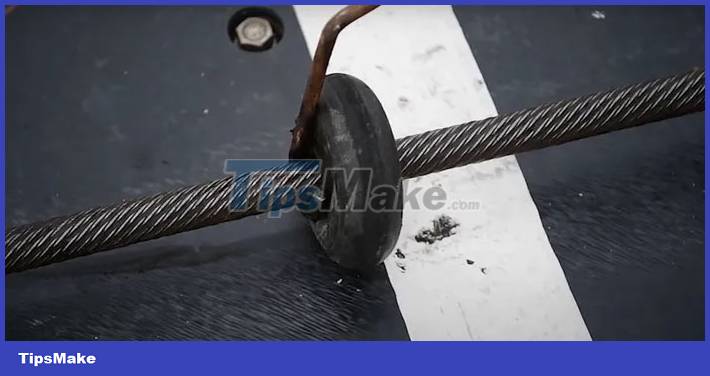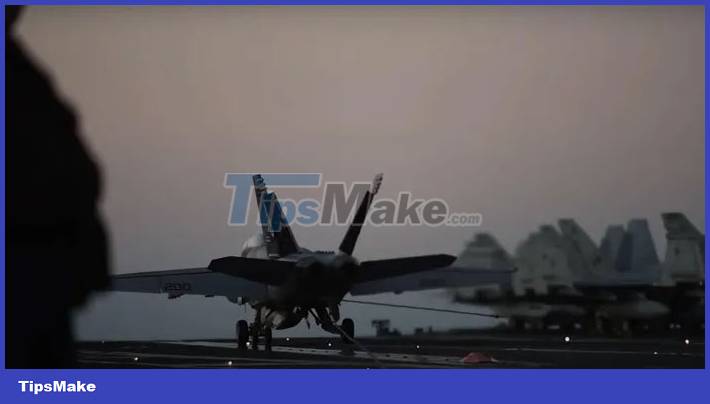Special cable, only a few countries in the world can produce it
The aircraft carrier arresting cable on the aircraft carrier is a simple device but plays an extremely important role in helping the aircraft land and land in a safe parking area. According to information, only the US, Russia and China can produce this type of cable.

This type of cable must use a special type of steel, with very high hardness and abrasion resistance, so the production cost is up to more than 1.3 million USD (equivalent to more than 34 billion VND).
The cable is braided from many small steel cables, around a synthetic plastic cable core, which can withstand a maximum pulling force equivalent to 92 tons. It is stretched 25-36m across the runway, while the two ends of the cable are connected to other cables under the deck with a length of nearly 400m, with a maximum pulling force of nearly 100 tons.

This cable system takes only 2 seconds to stop a 22-ton aircraft flying at a speed of 240 km/h with a stopping distance of only 105 m. And the process of bringing the plane to the parking lot and re-tensioning the cables to prepare for the next plane landing only takes 45 seconds.
The arresting cable and tow cable system must be carefully checked and the cable tension adjusted after each landing of each aircraft.

After about 125 arrests, the cables will be replaced, while the lifespan of the underdeck cables can be up to 1,400 arrests.
When the plane lands, this cable will pull a piston that moves along an oil-filled cylinder to absorb the plane's energy when landing. Depending on the weight of the aircraft, the amount of oil is adjusted accordingly. If the piston moves 1 m, the pull cable will release 18 m.
You should read it
- Why is the airplane wing not so high in flying tape?
- The largest aircraft in the world looks like a 'butt' taking off for the first time
- Surprising facts about aircraft tires not everyone knows
- Looking back at 27 years of development of the Boeing 777 - the best aircraft in the world
- Why are there so many planes in the sky at the same time but they never collide with each other?
- Why does lightning do not affect aircraft while flying?
 The 8 largest objects in the universe
The 8 largest objects in the universe 10 scariest military applications of Artificial Intelligence
10 scariest military applications of Artificial Intelligence How fast is the bullet fired from the gun?
How fast is the bullet fired from the gun? The world's most expensive telescope captures stunning views of the famous supernova remnant
The world's most expensive telescope captures stunning views of the famous supernova remnant For the first time, a 'complete' human embryo has been created without the need for eggs or sperm
For the first time, a 'complete' human embryo has been created without the need for eggs or sperm The first animals appeared on Earth
The first animals appeared on Earth